BLOG
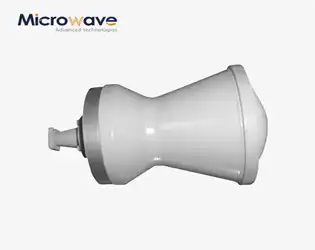
Top 5 Benefits of Point Focusing Horn Lens Antenna
August 21, 2025
In the rapidly evolving landscape of microwave technology, the Point Focusing Horn Lens Antenna stands as a revolutionary solution that transforms how we approach high-frequency signal transmission and reception. This sophisticated antenna design combines the efficiency of horn antennas with the precision of lens focusing technology, creating a system that delivers unparalleled performance across multiple applications. The Point Focusing Horn Lens Antenna offers five distinct advantages that make it indispensable for modern telecommunications, satellite communications, radar systems, and aerospace applications. From its exceptional beam focusing capabilities to its remarkable frequency range versatility, this antenna technology represents the pinnacle of microwave engineering excellence, providing engineers and system designers with the tools necessary to achieve optimal signal performance in demanding environments.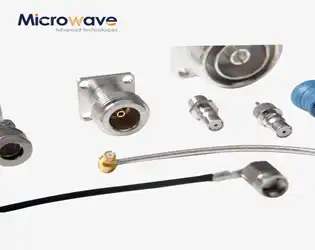
Top 5 Coaxial Cable Connector Features You Shouldn’t Ignore
August 21, 2025
In the world of high-frequency signal transmission, selecting the right coaxial cable connector can make or break your system's performance. Whether you're designing telecommunications infrastructure, aerospace navigation systems, or defense radar applications, understanding the critical features of these connectors is essential for optimal signal integrity and system reliability. A coaxial cable connector serves as the vital link between cables and equipment, maintaining the cable's shielding while ensuring minimal signal loss. The top five features that demand your attention include frequency range capability, impedance matching, VSWR specifications, material composition, and environmental durability. These characteristics directly impact performance in demanding applications where signal clarity and transmission efficiency are paramount. Advanced Microwave Technologies Co., Ltd, with over 20 years of industry experience, has identified these key features through extensive testing in their state-of-the-art 24m Microwave Darkroom facility, supporting frequencies up to 110 GHz across diverse industrial applications.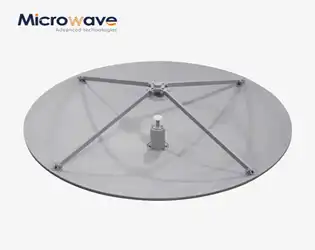
Cassegrain Antenna Trends: What’s Driving the 2025 Demand Spike?
August 21, 2025
The microwave and satellite communications industry is experiencing unprecedented growth in 2025, with the Cassegrain Antenna emerging as a critical technology driving this expansion. As global satellite communications markets surge toward USD 200 billion by 2025, the demand for high-performance antenna systems has reached new heights. The unique dual-reflector design of Cassegrain Antenna systems offers superior signal integrity, enhanced beam focusing capabilities, and exceptional efficiency across wide frequency ranges. This technological advancement, combined with increasing investments in defense modernization, 5G infrastructure deployment, and next-generation satellite constellations, has positioned Cassegrain Antenna technology as an indispensable component in modern communication networks. Understanding these market dynamics reveals why industry leaders are accelerating their adoption of these sophisticated antenna systems to meet the evolving demands of 2025 and beyond.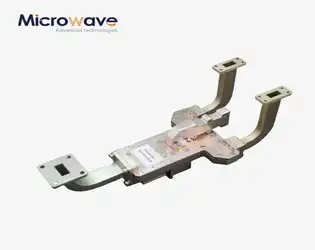
Why Is the Magic Hybrid Tee a Must-Have in RF Systems?
August 20, 2025
In the complex world of radio frequency engineering, where signal integrity and system efficiency determine the success of critical applications, the Magic Hybrid Tee emerges as an indispensable component that addresses fundamental challenges in power distribution, isolation, and signal management. This sophisticated four-port coupler has revolutionized how RF engineers approach system design, offering unparalleled capabilities in matching, balance, and isolation that are essential for modern communication, radar, and satellite systems. Understanding why the Magic Hybrid Tee has become a cornerstone technology requires examining its unique operating principles, exceptional performance characteristics, and versatile applications across diverse industries where reliable RF performance is non-negotiable.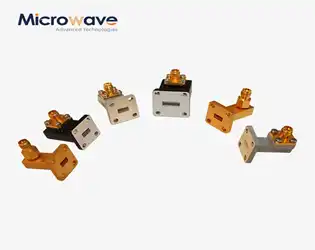
Which Industries Rely Most on Right Angle Waveguide To Coaxial Adapters?
August 20, 2025
Right Angle Waveguide To Coaxial Adapters represent a critical junction in modern microwave systems, serving as essential components that bridge the gap between waveguide and coaxial transmission technologies. These specialized adapters have become indispensable across multiple high-tech industries where precision signal transmission and space optimization are paramount. The aerospace, defense, telecommunications, and satellite communication sectors particularly depend on these components for their ability to maintain signal integrity while providing flexible routing solutions in constrained environments. Advanced Microwave Technologies Co., Ltd has been at the forefront of manufacturing these sophisticated components for over two decades, delivering ISO-certified solutions that meet the demanding requirements of mission-critical applications across global markets.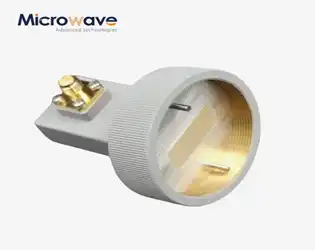
2025 Guide: Best Waveguide Adapter for 5G and Satellite Solutions
August 20, 2025
The rapid evolution of 5G networks and satellite communication systems has created unprecedented demands for high-performance microwave components. As we advance through 2025, the selection of the right Waveguide Adapter becomes crucial for ensuring optimal signal transmission, minimal loss, and reliable connectivity in these sophisticated systems. This comprehensive guide explores the critical aspects of waveguide adapter technology, examining their applications in next-generation communication infrastructure, technical specifications that matter most, and the manufacturing standards that separate industry leaders from competitors. Whether you're designing satellite ground stations, 5G base stations, or advanced radar systems, understanding the nuances of waveguide adapter selection will directly impact your system's performance and reliability.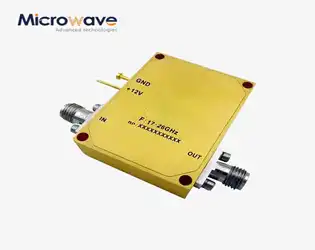
Low Phase Noise Amplifier Explained: Benefits, Uses, and Selection Tips
August 19, 2025
In today's demanding microwave and RF applications, signal integrity remains paramount for optimal system performance. Low Phase Noise Amplifiers represent a critical component in achieving exceptional signal quality across diverse communication, radar, and satellite systems. These sophisticated devices address the persistent challenge of unwanted phase noise, commonly referred to as jitter, which can significantly degrade signal integrity and lead to suboptimal performance in high-frequency applications. Understanding the benefits, applications, and selection criteria for Low Phase Noise Amplifiers is essential for engineers and system designers working in aerospace, defense, telecommunications, and satellite communications sectors where precision and reliability are non-negotiable requirements.
How Waveguide Isolators Ensure Low Loss and High Isolation?
August 19, 2025
In the demanding world of microwave and RF systems, maintaining signal integrity while preventing destructive interference is paramount to system performance. Waveguide isolators represent a critical technological solution that addresses these challenges through sophisticated electromagnetic principles and precision engineering. A Waveguide Isolator functions as a unidirectional device that allows electromagnetic waves to pass freely in the forward direction while providing substantial attenuation to signals attempting to propagate in the reverse direction. This fundamental capability is achieved through the implementation of ferrite materials operating under magnetic bias conditions, creating a non-reciprocal transmission medium that exhibits different propagation characteristics depending on signal direction. The combination of advanced materials science, precise mechanical design, and optimized magnetic field configurations enables these devices to achieve insertion losses as low as 0.2 dB in the forward direction while maintaining isolation levels exceeding 20 dB in the reverse direction, making them indispensable components in high-performance microwave systems across satellite communications, radar applications, and telecommunications infrastructure.




